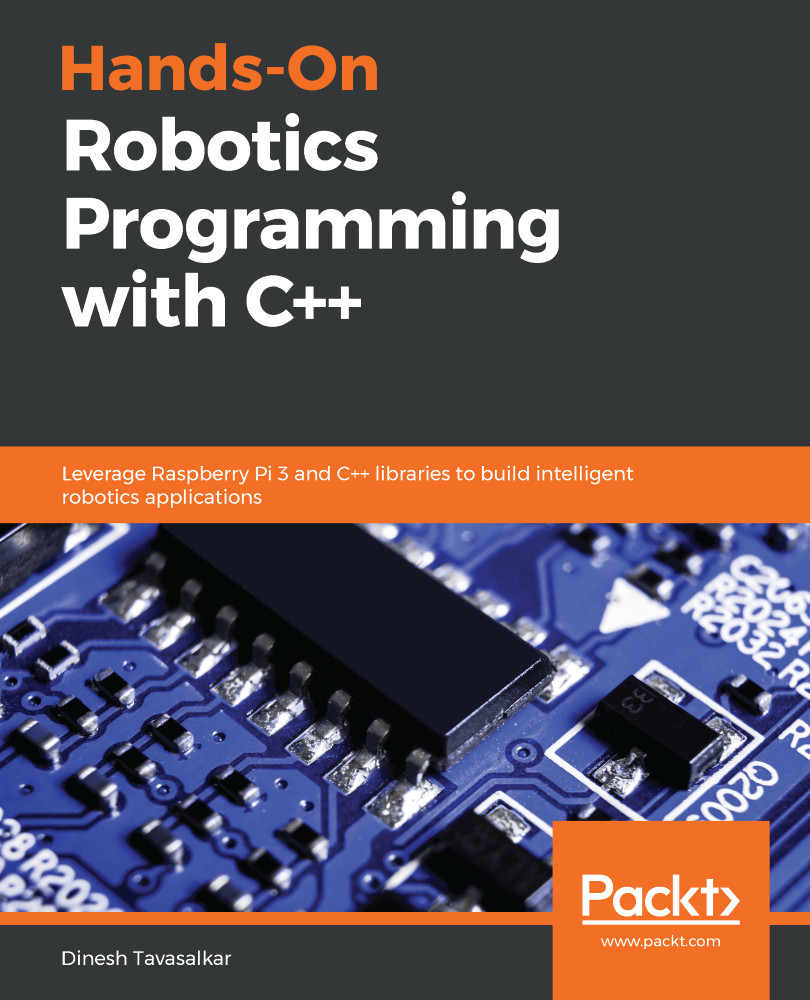To set up the Raspberry Pi 3B + and install the Raspbian OS on it, we will need various hardware and software components. The hardware components include the following:
- A laptop to install Raspbian OS on a microSD card.
- A keyboard.
- A mouse.
- An SD card—a minimum of an 8 GB memory card is more than sufficient, but with an 8 GB card, the default OS will occupy 50 percent of memory card space. Later on in this chapter, we will also install OpenCV on your Raspberry Pi, and since OpenCV will also occupy a lot of space on your memory card, you will need to uninstall some default software. So, I recommend you use a 16 GB or 32 GB memory card—with a 32 GB memory card, the default OS only occupies 15 percent of the card's space.
- An SD card reader.
- A display unit—this can be a computer monitor or TV, as long...







































































